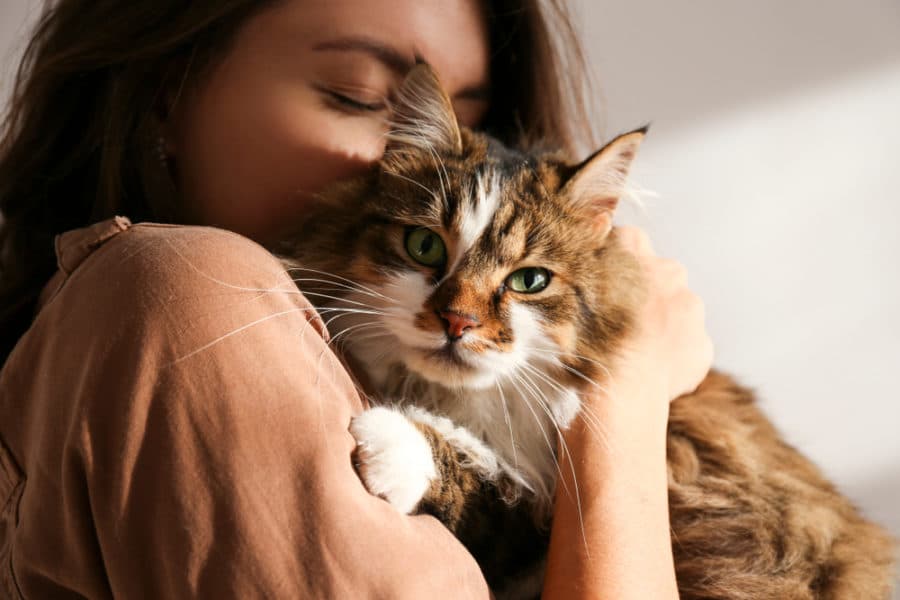As the COVID-19 pandemic continues to affect our lives, making a disaster plan for you and your pets is more important than ever.
A natural disaster is as much a crisis for animals as it is for humans. But while many people have disaster plans in place for themselves—especially in parts of the country prone to natural disasters—too few think about how they would provide care for their pets. Considering how suddenly disasters occur, how quickly people need to evacuate, and how the COVID-19 pandemic is creating more challenges for rescue, being unprepared puts pets and their caretakers in greater jeopardy than ever.
While some still think “that could never happen to me,” recent wildfires on the West Coast, a quick-moving derecho in the Midwest, and Hurricane Laura in the Gulf Coast make it clear that no one should dismiss the threat of a natural disaster or their responsibility to plan ahead—especially now that we’re entering the heart of hurricane season still coping with COVID-19 restrictions. Emergency resources that people rely on during a disaster, including first responders rescuing pets left behind and shelters providing temporary housing, will likely be more limited as a result of municipal responses to the pandemic.
This National Preparedness Month, we encourage pet parents to heed and share the following safety precautions, which are designed to keep you and your pets safe and together.
- If you evacuate from your home during a disaster, take your pets with you. Never leave your pets behind or tether them to poles or trees, which prevents them from escaping high waters and getting to safe areas.
- Make sure all pets are wearing ID tags and have microchips with up-to-date contact information, and carry a physical photo of you and your pet in case you get separated. (Realize that if your phone’s battery runs out of charge, you will lose access to digital photos).
- When evacuating with your pets, secure them safely in pet carriers and make sure you have collars and leashes to prevent them from escaping and getting lost.
- Create a portable pet emergency kit with essential items including medical records, water, water bowls, pet food, and your pet’s medications. See a full list of recommended items to include in your pet’s go-bag.
- Secure a designated caregiver, such as a friend or relative outside the evacuation zone, who can take care of your pet if you are unable. It’s a good idea to have a back-up caregiver as well.
- Check the CDC website regularly for travel restrictions and quarantine requirements. The website also has a section dedicated to disaster preparedness information.
- Keep your pets cool if you lose power by giving them plenty of cool water, limiting their exposure to the sun, and providing access to a wet, cool towel or battery-operated fan.
There’s nothing we can do to prevent natural disasters, but plenty we can do to plan for them. Even a little preparation now may make a lifesaving difference later.







